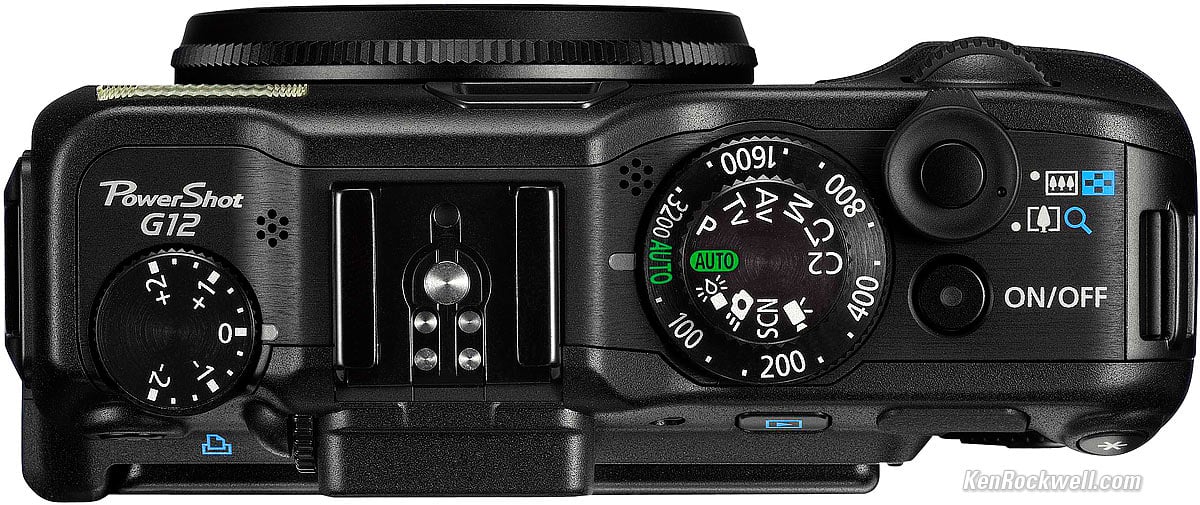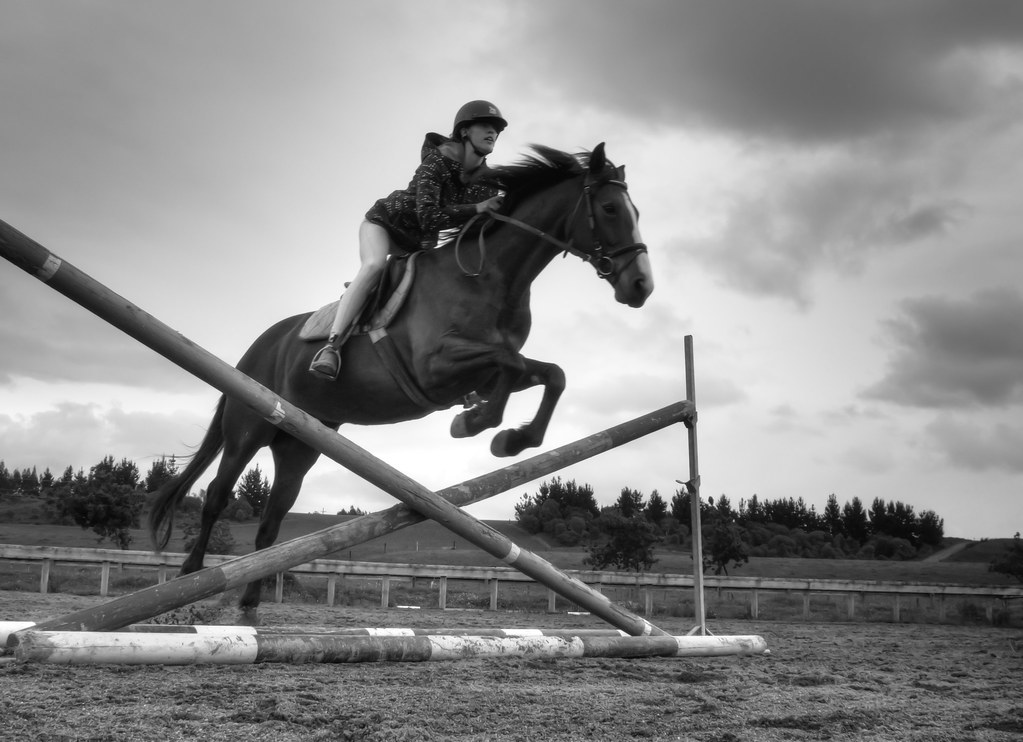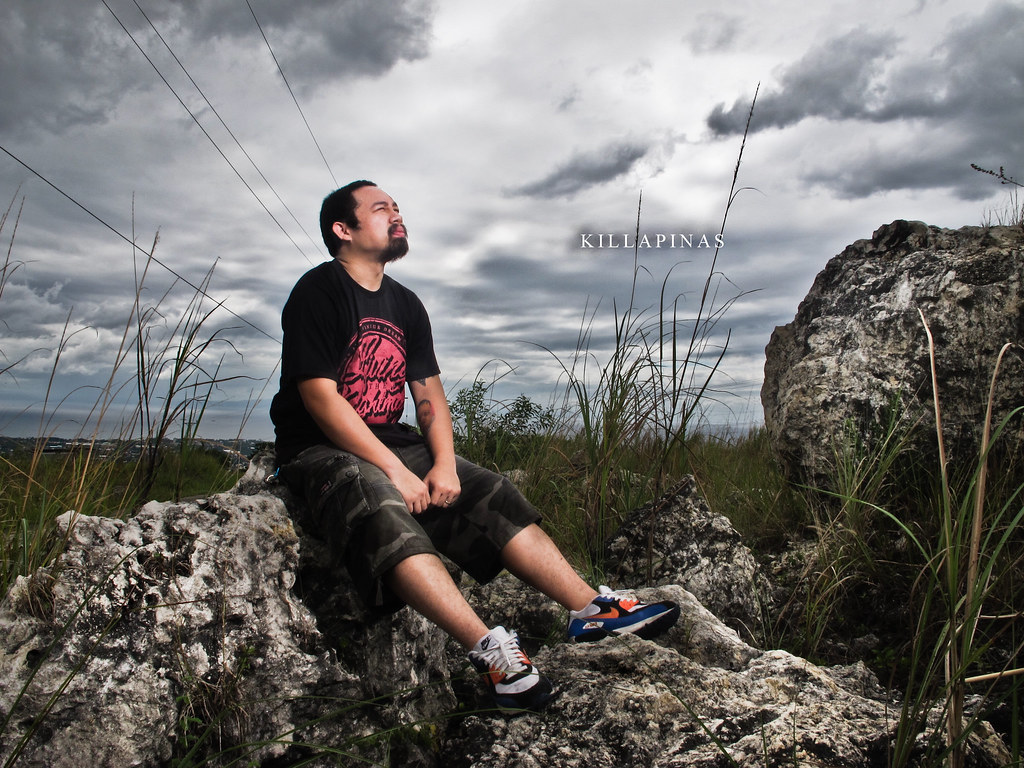Technological advances mean that most cameras released in the last few years should be easily capable of dealing with the demands of the enthusiastic amateur. Unfortunately the price of most cameras has gradually crept up. A high quality entry level compact or bridge camera can easily cost upwards of £500 - that's in the same region as a decent second-hand DSLR! Not everyone wants to invest in a camera that has separate lenses, nor be lumbered with bags of kit just to take a photo of their children as they play in the park. This blogpost is for those guys and gals!
Entry level cameras are all about a compromise. When stripped down to its basic components a digital camera is a combination of lens, processor and sensor. The next level of camera is a 'bridge' camera, one that spans the gap between the amateur and the professional. These cameras are more expensive as the quality of the components is often much better. I'll briefly talk about lenses and sensors before I give my recommendations.
Lenses
Professional cameras split the lens away from the camera body so that the user can pick versions that best work for their style of photography i.e. landscape, portrait, sport. For entry level cameras this is not an option as the lens is usually fixed in place and so it is important to pick a model that can cover the 'range' you will need it for. Don't be tricked into thinking that a camera with a 150x zoom is the best for you (unless you need to take pictures of things that are in very bright light and are very far away). Another hurdle to overcome is that the numbers that manufacturers quote for their lenses do not take into account the size of the sensor. A smaller sensor will actually give a lens a 'free' zoom effect but the amount you can fit into the picture will be less. For example the small sensor on my Lumix GX1 has a crop factor of 2x. If I put a 'wide angle' 20mm lens on the camera then I'm actually putting the equivalent of a traditional 40mm lens on the camera. Instead of being able to take really wide picture of landscapes I've actually got a great portrait lens. If it seems complicated then don't let it stress you out.Sensor
In my opinion the sensor is the most important part of the camera. The bigger the sensor the more sensitive to light the camera will be. Light sensitivity is a good thing. If your camera can work in low light then you can select a fast shutter speed or increase the depth of field (how much of the image is in focus). This makes it much easier to get pictures of your kids running around an still have them be in focus. The picture below shows why a smaller, cheaper camera will often produce rubbish results - look at the different in sensor size! |
| Typical sensor sizes. Image copyright Simply Better Photos |
Shooting in RAW mode
One final feature to be aware of is RAW mode. This is a feature that is found in all pro and many 'bridge' cameras. If you like to edit your photos then RAW is a very powerful feature. In RAW the camera will be able to store a lot more information about the scene you are shooting and this can be used for more creative control later. If you are a novice photographer then this feature may not be that important to you and so I've chosen cameras that all produce good JPEG images i.e. the camera makes the decision how to produce the image. If you want to see a more in depth article about RAW vs. JPEG look HERE.Finally, the Cameras!
I've gone for slightly older cameras, the prices have dropped on these models and you are getting a camera that cost around £500-1000 only 2-3 years ago for under £300. Don't let any dials/buttons in the pictures put you off, you will hopefully use these advanced features as your knowledge of the camera grows. All of the cameras selected have a full auto mode and many have settings for different scenes such as indoor portrait, fireworks, snow, sports.Canon G12 Bridge Camera


The Canon G12 is an all in one 'bridge' camera that is really good in point and shoot mode. As you get better you can change to more advanced settings. A second hand model is at the top end of the £300 budget and this much loved camera has held its value well. The lens is built in and has an equivalent range of a 28-140mm zoom. This range is great for everything except distant shooting. The camera can shoot in RAW mode, has a near HD quality video and take take a separate flash unit if you find the built in one too weedy. This camera was launched in 2010 but the latest version of this model is the G15 so if you see that at a bargain price then snap it up!
Really geeky review and technical stats and details HERE.
Buy it on Amazon, or have a look at the latest eBay listings to see if you can spot a bargain.
 |
| Copyright Lisa Ng |
 |
| Copyright Rafael Gandi |
Fujifilm X10 Bridge Camera


It's possible to pick up one of these cameras second-hand for under £240. It looks very similar to the G12 and also has a built in lens. The focal range is slightly less at 28-122mm. The key selling point for this camera is that it has a 2/3 sized sensor, much larger than most cameras of this size, and so its performance in tricky low light settings is much better than would be expected. The camera was launched in 2011. Sample images below:
Geeky review HERE
Check out prices on Amazon (or scour eBay for a great deal)
 |
| Copyright Fujifilm |
 |
| Copyright Fujifilm |
Canon Powershot S95 Point and Shoot


As you can see from the images above this is a relatively simple camera but don't let that put you off. The camera is really small and light and yet it contains the highly capable Canon DIGIC 4 processor and has a lens that has a range of 28-105mm. In such a small camera something has to give and in this case its an optical view finder i.e. you cant put the camera up to your eye to frame your image and so have to rely on the video display in the back of the camera. The video mode isn't brilliant but is passable. Launched in 2010 this camera had a retail price of £399 but you can pick up a 'used like new' model on Amazon for under £170! I found this shot on Flickr that was taken by someone using the S95 - despite the low light he has been able to get the shutter speed fast enough to freeze the confetti! I couldn't find any baby portraits taken with the S95 but the bottom shot of a dog gives a pretty good idea of the image quality that can be achieved.
 |
| Copyright Diego Bribiesca |
 |
| Copyright J Montcrieff |
Canon 500D or Nikon D5000 DSLR
So far I've only looked at entry and bridge cameras but even with a tight budget of £300 it is possible to get a very good quality entry level DSLR. I mentioned at the beginning of the post that casual users often shy away from these types of camera. I believe that the common misconception is that these are too complicated or expensive. The Canon 500D and Nikon D5000 cameras were both released in June 2009 and were amongst the first cameras to make owning a DSLR affordable. With the kit lenses supplied the original prices were £969 and £799 respectively. I found both of these cameras available 'as new' on Amazon for under £300 - amazing bargains for technology that is only a few years old. Both cameras were well received by the critics and have only recently been surpassed by better versions.


A review of the Canon 500D is HERE.
Review for the Nikon D5000 is HERE.
Three 'Must Have' Accessories
I know that a lot of new photographers get into photography after they have children. Recording their babies as they develop starts as a pastime but can see the amateur turn into a semi or full blown professional as their children grow. Regardless of the camera chosen most novices can get frustrated at the poor results they are getting and will often blame the camera and look for a 'better' one.
To get more professional results you need to have better control over the light hitting your subject and for this you need to stop using the built in flash on the camera and buy a separate flash unit. Better still you need to make the light you use very soft to get rid of harsh shadows and so should mount the flash in a softbox. The final touch is to be able to move the flash unit where you want to and not have it stuck on the top of your camera. For this you need a remote trigger that communicates between the camera and flash.
These three items are fundamental bits of kit an any pro's arsenal and top of the range versions exist (for example the 580EX II flash unit I use cost over £300 when I bought it). Searches on Amazon have come up trumps though and perfectly good entry level components do exist for the casual user:
The Yongnuo YN-560 II flash unit looks and acts so much like the Canon 580EX that I'm surprised that a law suit hasn't been issued. It can be picked up for around £50.
The Pixel Pro Digital trigger allows you to fire the camera remotely or fire the flash whilst it is separate to the camera - and it's under £30
A Cowboy Studio Softbox that has been designed to work with off-camera flash units can be found for under £30.
As you can see below the addition of these simple, and relatively inexpensive, items means you get a soft light and great catch lights in the subjects eyes. A snotty nose is obviously an optional extra :) Thanks to Susie for posing and Fiona for letting me publish this image.
 |
| Copyright Me! Paul Fox |

No comments:
Post a Comment